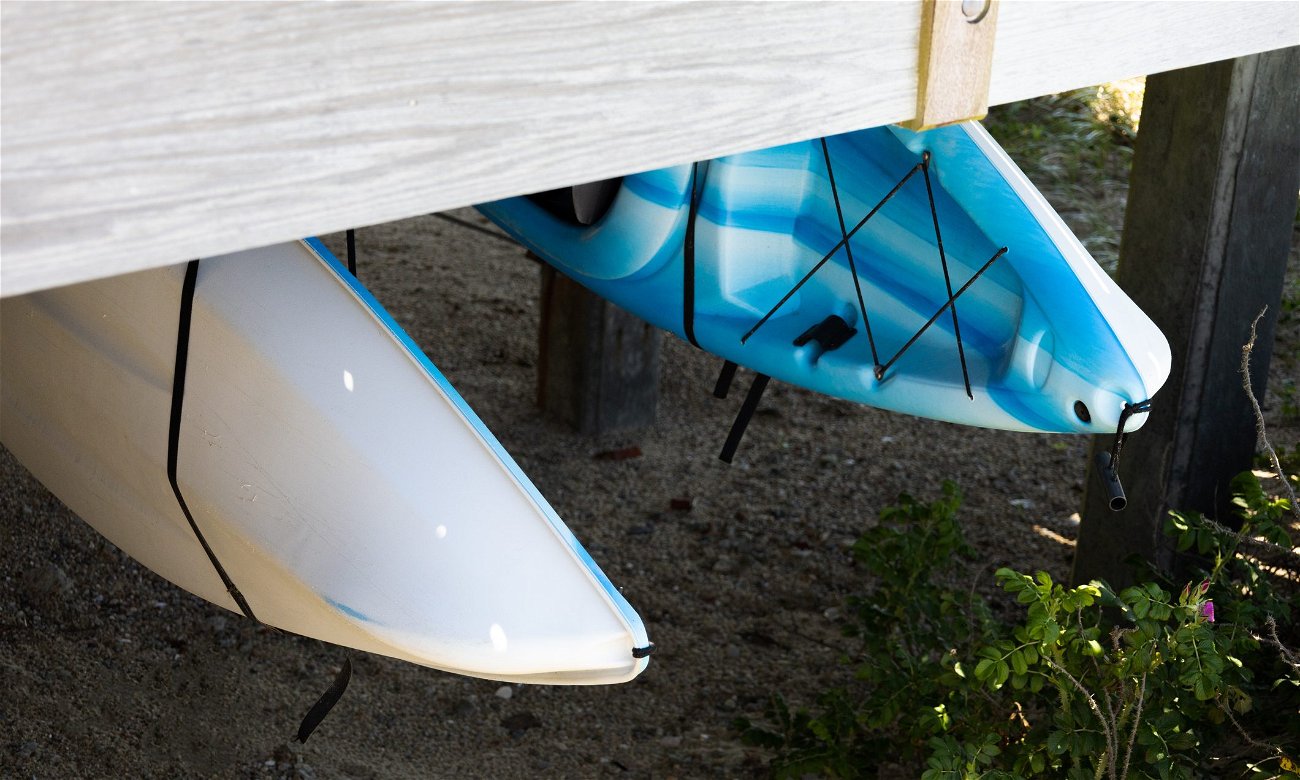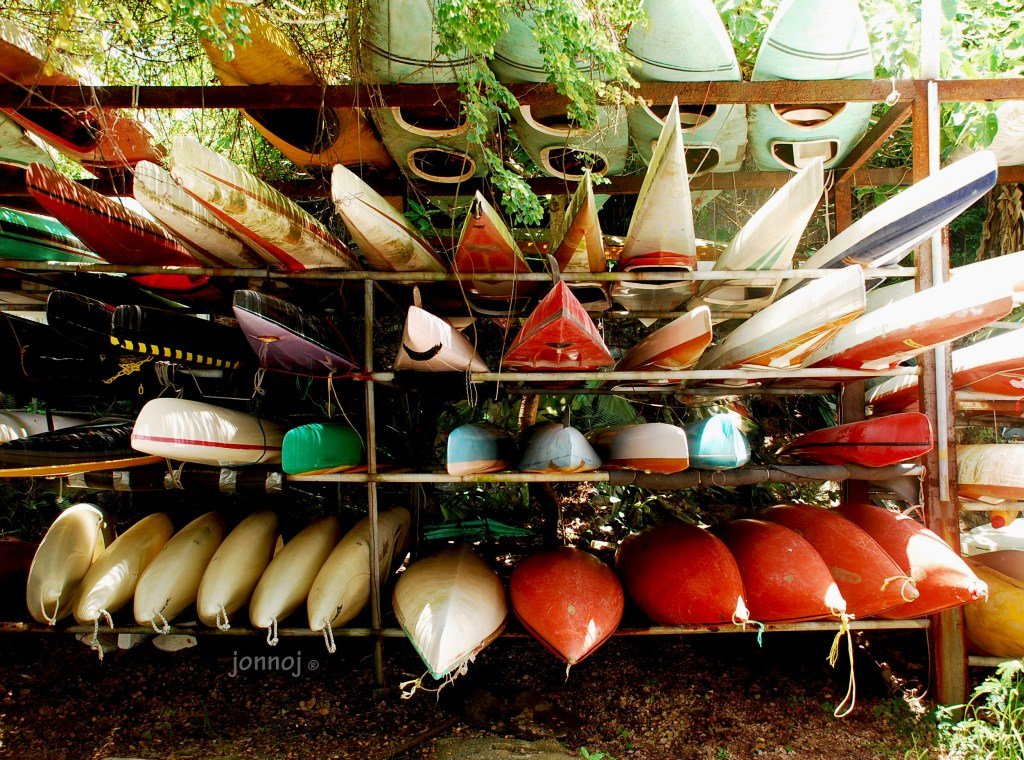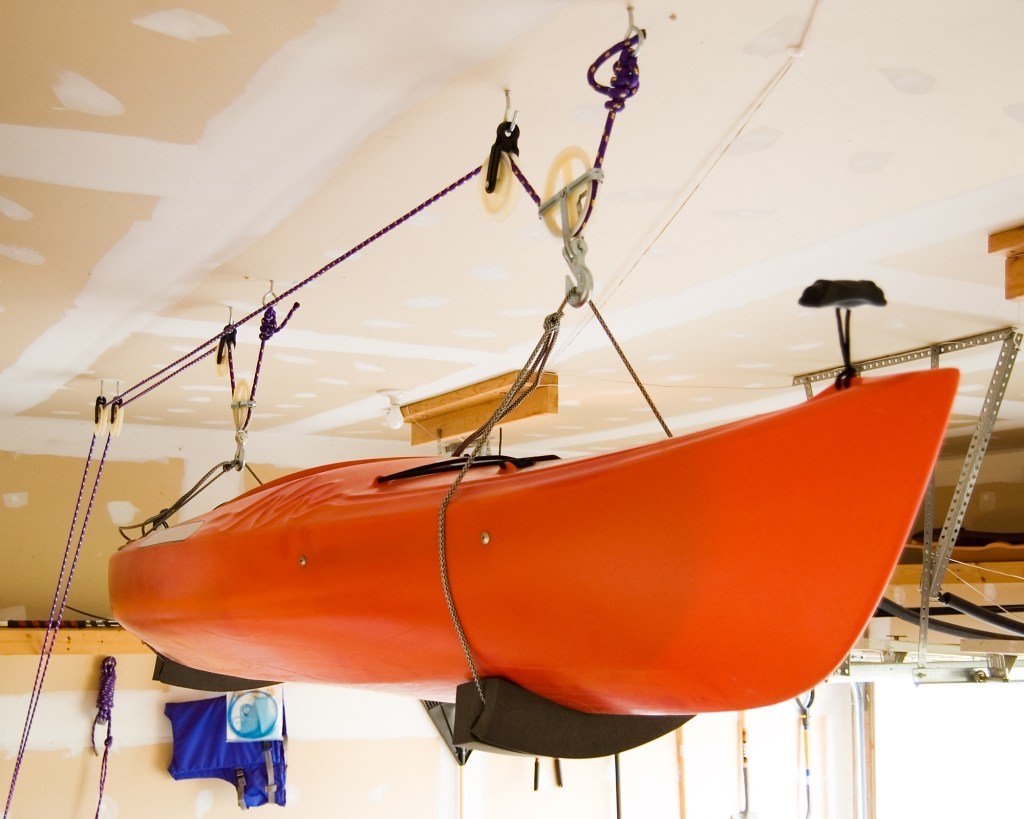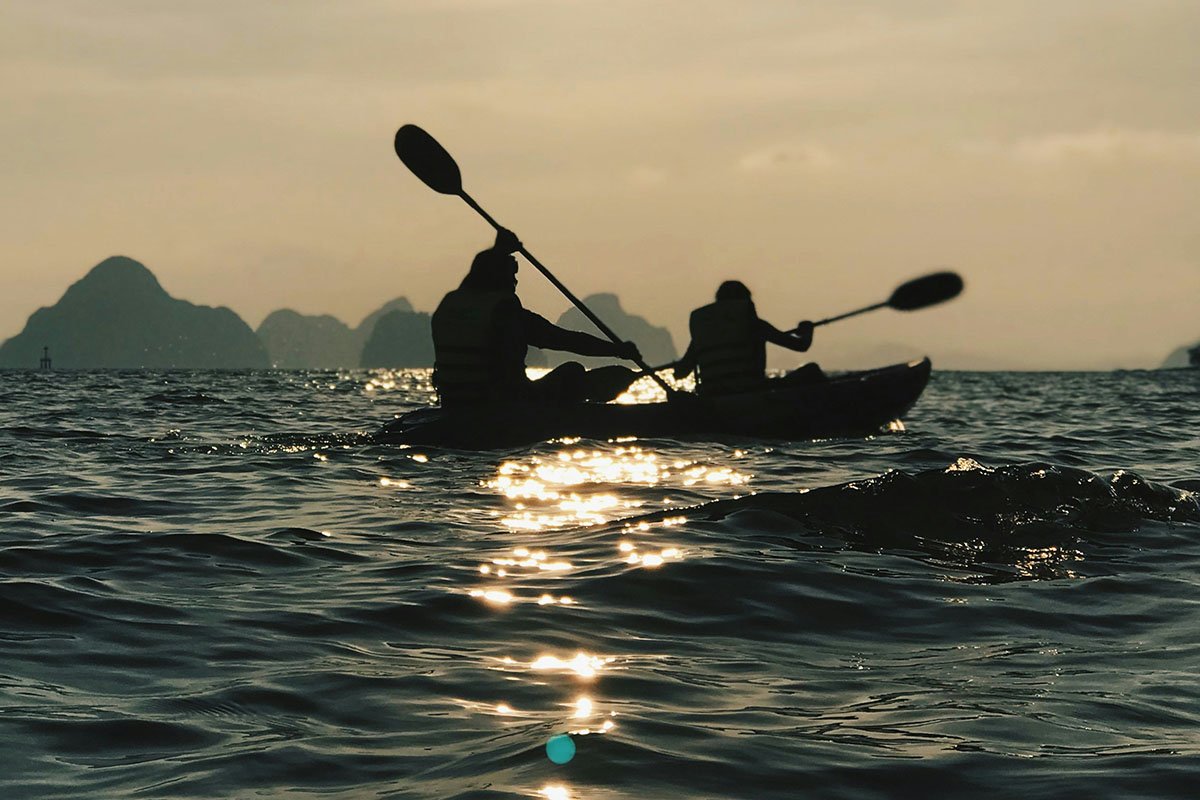

When frigid conditions force you to retire your kayak for the winter, follow these tips to store it worry-free until spring.
Prep for storage
According to Ryan Lilly, Brand Evangelist for Old Town Canoe, keeping your kayak in top shape through the offseason is easiest when you’ve been proactively caring for it with each outing.
“I recommend people getting into the habit of rinsing their kayaks after every use, so you don’t have buildup over time and you’re not carrying invasive aquatic species from one body of water to the next,” he says.
But whether you’ve been diligently maintaining it or you’ve neglected it all year long, Lilly says it’s important to give your kayak a good cleaning and inspection before storing it for the winter.
Vacuum out the hull, wash it with soap and lukewarm water, thoroughly dry it off and apply a coat of 303 Protectant to block UV rays. Open the drain plug to allow for ventilation and prevent condensation. Then make sure all hatches are closed and securely fastened.

Remove any pedal-drive units, motors or batteries and store them inside for the winter.
Finally, take inventory of any significant scratches, broken components or missing hardware. Look for cracks on rod holders and check the seals on hatches to ensure they’re still intact. If you find damage, make repairs or order replacement parts so you’re water-ready when weather warms up in a few months.
Avoid the elements
Lilly says keeping your kayak inside a shed, barn or garage is the best-case scenario. Even without any type of climate control, indoor conditions remove sunlight and water concerns from the equation.
But you can still minimize potential problems if you’re limited on storage space and have to leave your kayak outdoors year-round.
“Kayaks can survive outside, even in the elements,” he say. “But a couple things will affect them negatively: direct UV sunlight for prolonged periods and allowing ice to form in the crevices of your kayak.”
UV damage as well as the expansion and retraction of ice forming can degrade the construction over time. So Lilly suggests topping a kayak with a tarp or placing it under a covered porch to shield it from sunlight and lock out water. Any kayak stored outside should also stay deck-side-down to keep moisture from accumulating in nooks and crannies.
Don’t leave your kayak unsupported
Most modern kayaks are made of durable roto-molded polyethylene that can stand up to some abuse, but improper storage can cause warping and denting.
Keeping any type of kayak off the ground and supported according to the 30 percent rule is ideal, says Lilly. Prop the kayak up too close to the ends, and the center will sag over time; too close to the center, and the weight on either end will cause it to bend. Instead, position lateral supports 30 percent of the kayak’s total length from both the bow and stern.
When storing a sit-on-top kayak inside, you can place it deck-side-up or deck-side-down on crossbars or supports. If your kayak has a frame seat, keep it installed to help maintain shape. For outdoor storage, swap out the seat for a piece of wood and stick with a deck-side down configuration. To prevent damage, never hang a sit-on-top kayak by its scuppers or handles.

For sit-inside kayaks, add a cockpit cover to keep water, dust, and critters from entering the large opening. Inside or out, they should stay deck-side-down on padded supports to dampen pressure.
Straps and flat bars, sawhorses or 2x4s with some type of padding work as great DIY options for lateral supports. Alternatively, you can purchase wall racks or hoist-and-hanger systems that are compatible with most kayak models.
“If you can get your kayak off the ground, out of direct sunlight, in a place where ice and water won’t build up, and it’s adequately supported, you’re in good shape,” Lilly says.









